Inside the Ourika Community Gardens, YSL Beauty’s Moroccan Eden
At the base of Morocco’s Atlas Mountains, YSL Beauty's gardens are tended by local women in a bid by the brand to give back to the country which so inspired its founder
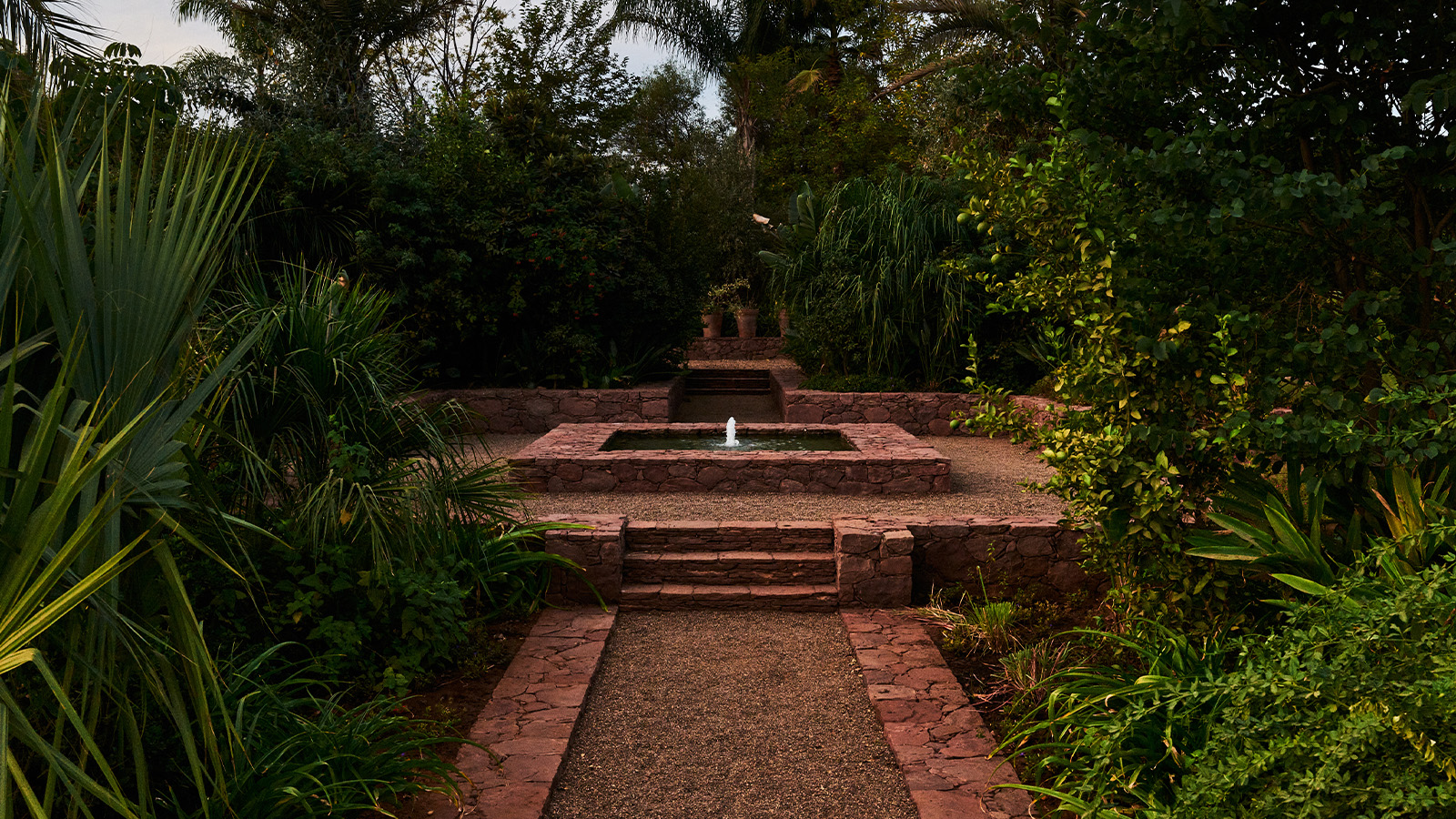
Where Yves Saint Laurent – the late designer whose radical ‘Le Smoking’ tuxedo changed the course of fashion – set out to define an era through clothes, his namesake cosmetics brand is leading the contemporary hunger for beauty with purpose. At the Ourika Community Gardens, launched by the brand in 2014 within the red sandstone expanses at the base of Morocco’s Atlas Mountains, over 200 species are being tended by local women in a bid by the brand to give back to the country which so inspired its founder.
Inside YSL Beauty's Ourika Community Gardens
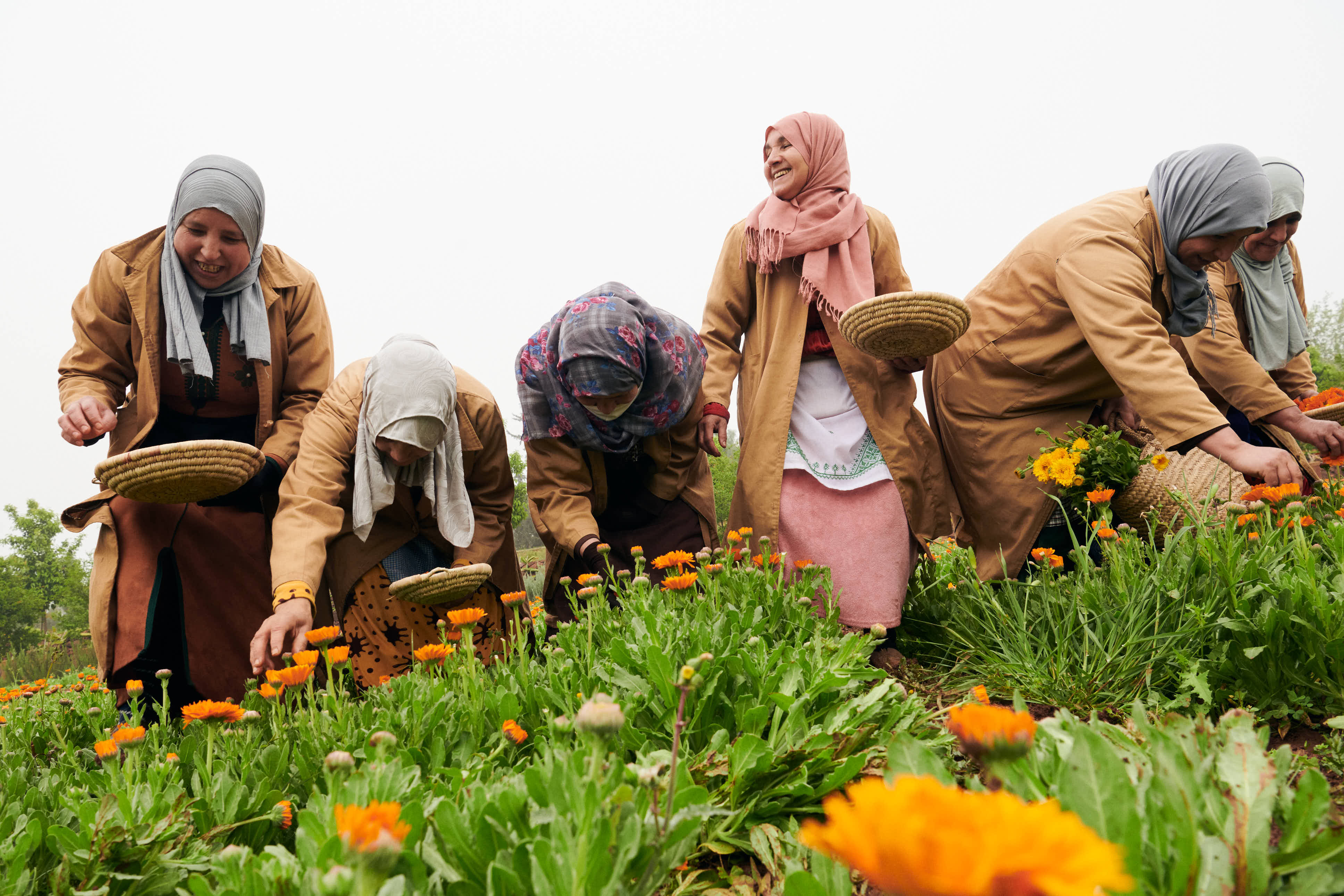
The gardens, dreamed up by YSL Beauty’s international sustainability and science director Caroline Negre, and brought to life by architects Arnaud Maurières and Eric Ossart, specialists in designing for arid landscapes, are a labyrinth of growing patches, test areas and olive groves. Iris, orange blossom, pomegranate and verbena whose scents and properties will find their way into products as diverse as mascaras, lip glazes, shadow palettes and perfumes, lend lush, aromatic verdancy to the otherwise dry, scrubby topography of the valley.
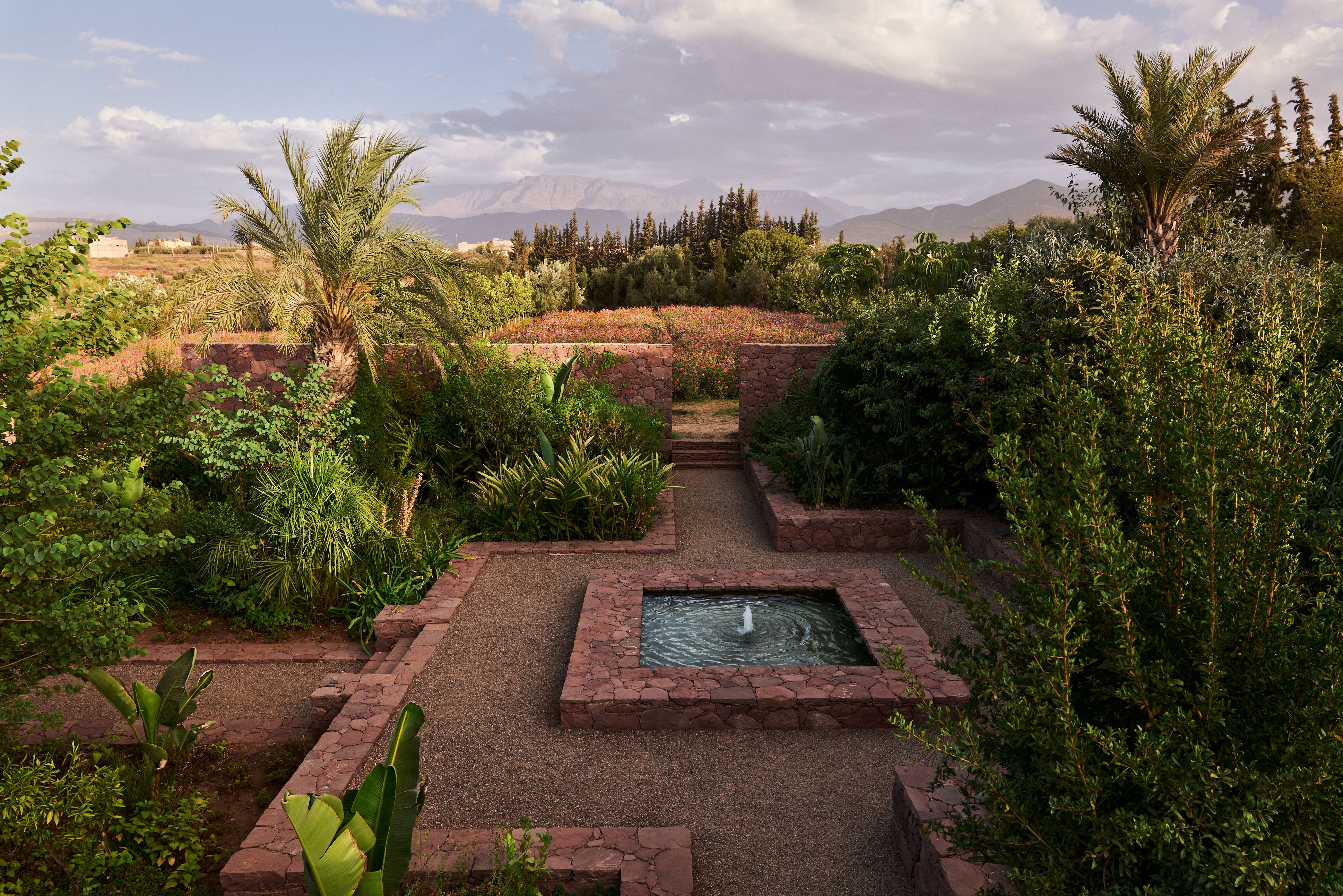
‘Yves searched for beauty everywhere – not an academic beauty, but something on the wild side,’ Saint Laurent’s official biographer Laurence Benaïm tells Wallpaper*. ‘In the Ourika Community Gardens we can feel his presence, but it hasn’t been designed as an homage to him. It’s not a decorative rose garden with Majorelle blue walls, it’s been designed with a pure North African sensibility. It’s not fake, it’s real.’
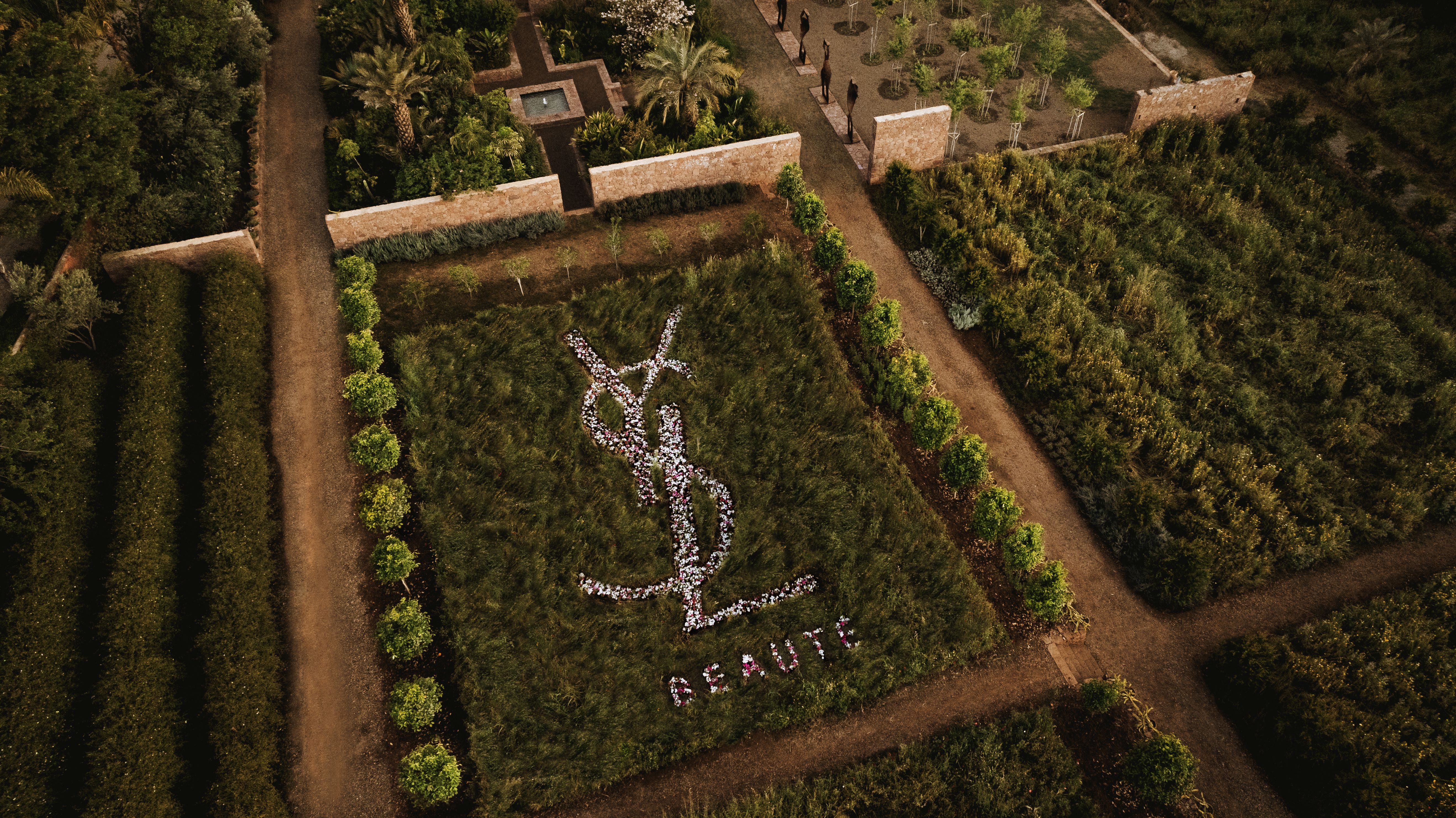
Saint Laurent first visited Morocco, neighbouring country to his birthplace of Algeria, in 1966, and maintained a residence there for the rest of his life. Of his love for the place, he said: ‘When I discovered Morocco, I understood that my own colour palette was that of zellijs, zouacs, djellabas and kaftans. The audacities that have since been mine, I owe them to this country.’

Not only was it essential for the brand to pay its respects to the region in a way that was tangible and practical, but a programme which empowers specifically women was a natural extension of Saint Laurent’s own lifelong passion. ‘Yves was surrounded by women from an early age, his sisters Brigitte and Michelle, and his mother, Lucienne. It was a privileged contact that he had with women. I think he admired the way women could be lots of different things … dramatic, playful, extravagant … their capacity for reinvention,’ says Benaïm.
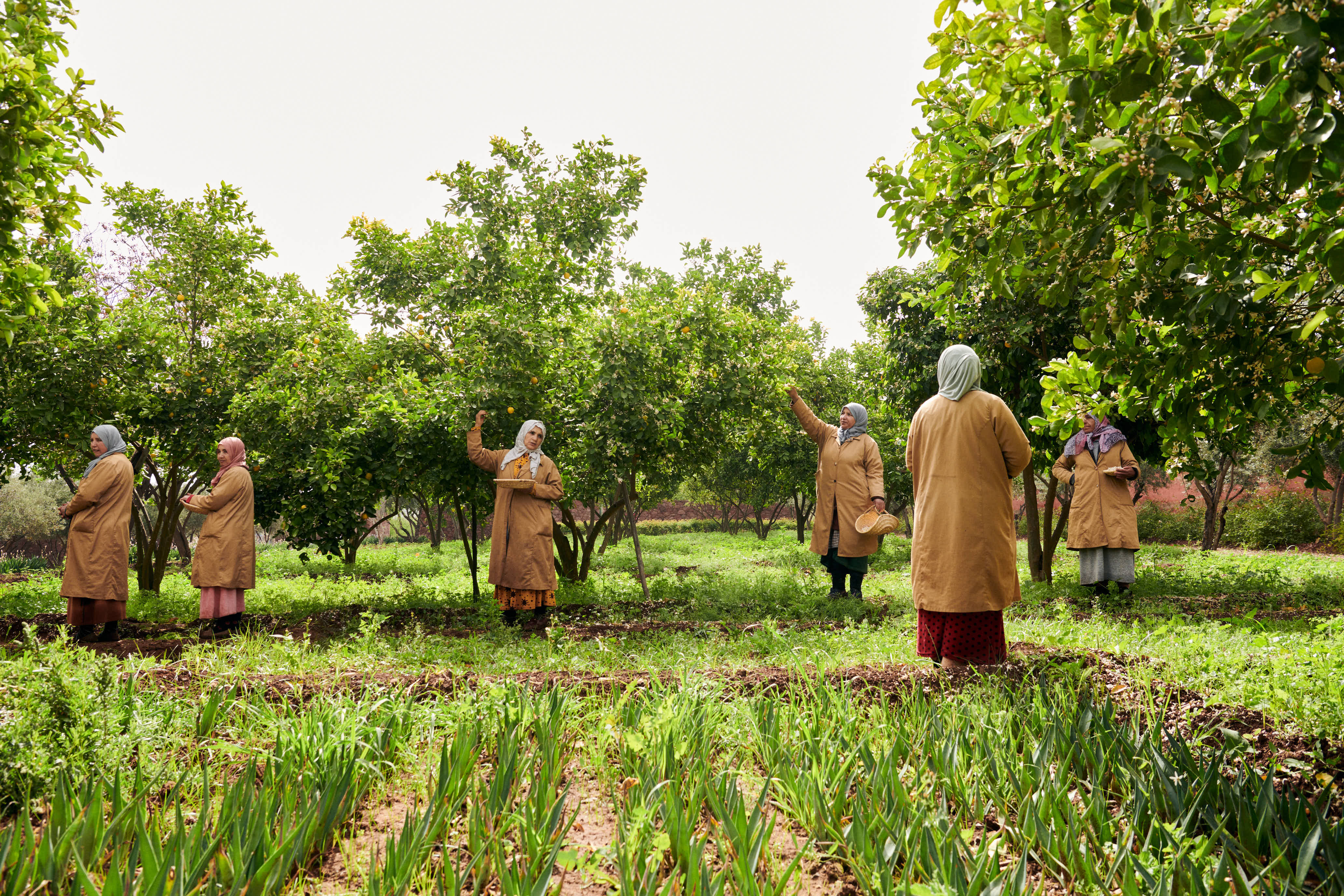
‘His first muse was Flaubert’s character Emma Bovary, because they shared the same dream of a big life. And then there was Betty Catroux, who was like his double in many ways, and Loulou de la Falaise, who was this Salome, or Carmen-esque character. Like a living drawing.' But, Benaïm says, ‘Yves was not a passive recipient of inspiration from his muses, there was a complicity to the relationship.’
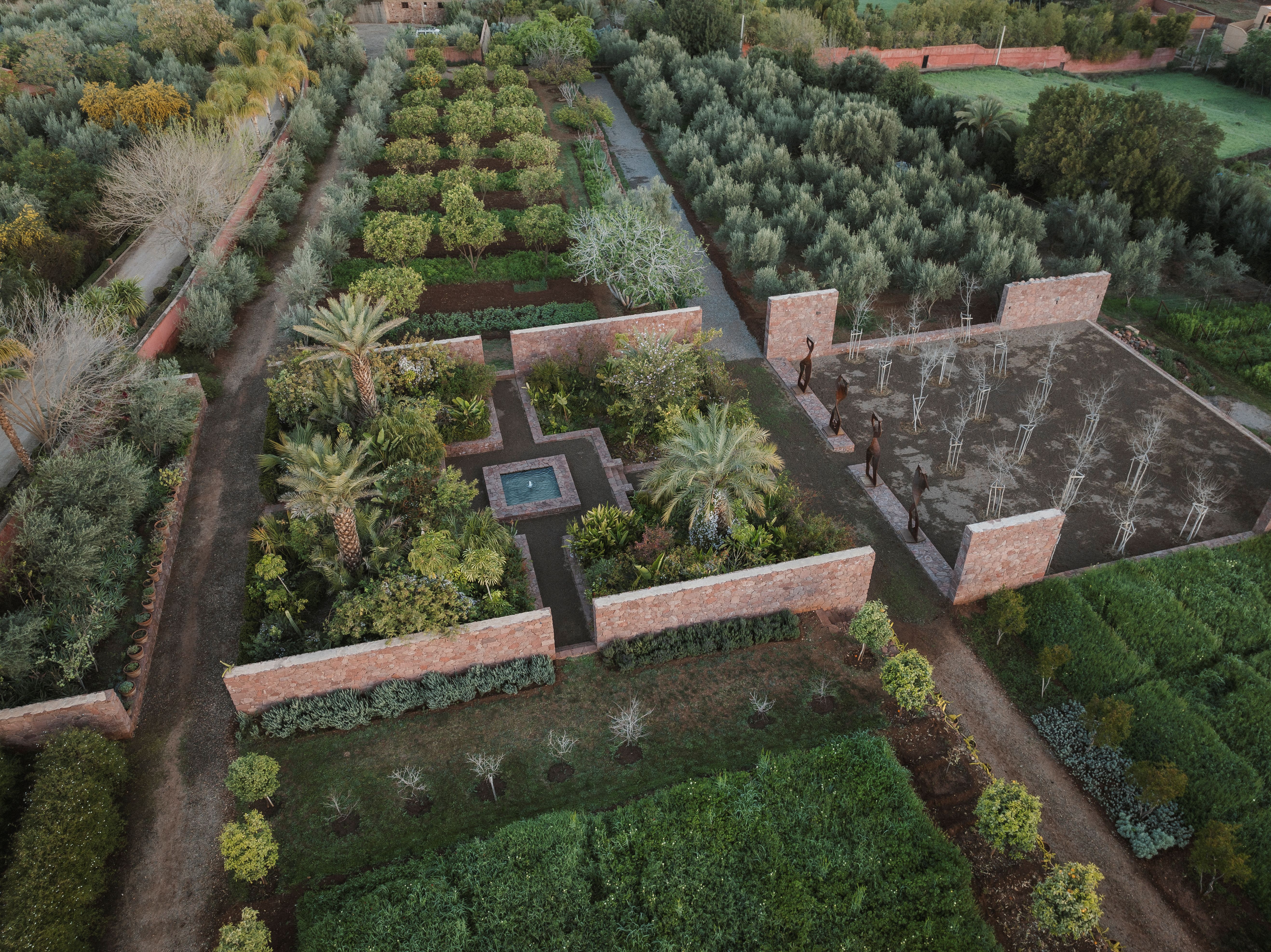
This legacy is being carried forward by YSL Beauty’s global makeup artist Sam Visser. ‘There are certain pigments and tones that you can find here in the gardens which are very specific to the region – the makeup techniques and palettes used by Arab women are really beautiful, and so unique. It’s very different from Western makeup, and that’s really special, and very inspiring to me.’
Receive our daily digest of inspiration, escapism and design stories from around the world direct to your inbox.
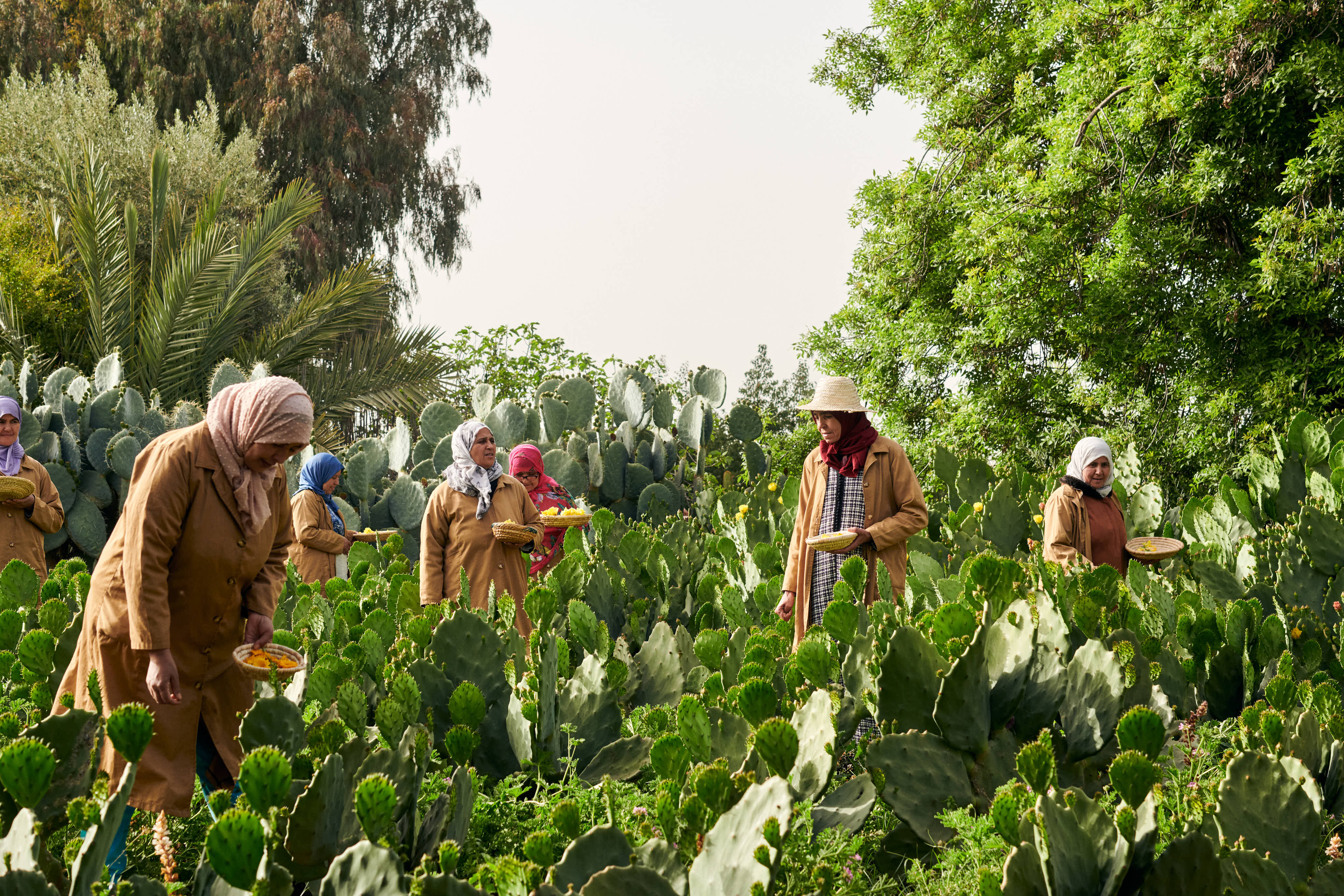
The beauty industry has an intrinsically complicated relationship to the female body, and, historically, YSL Beauty has not been exempt from this complexity. To quote Laura Mulvey: ‘Iconographically, the female form can connote enigma and the enigma of the feminine under patriarchy.’ As such, the female body has long been utilised as a selling device for perfume, metaphorically representing the concept of desire in lieu of a more developed vocabulary to articulate scent which is lacking in many Western languages.
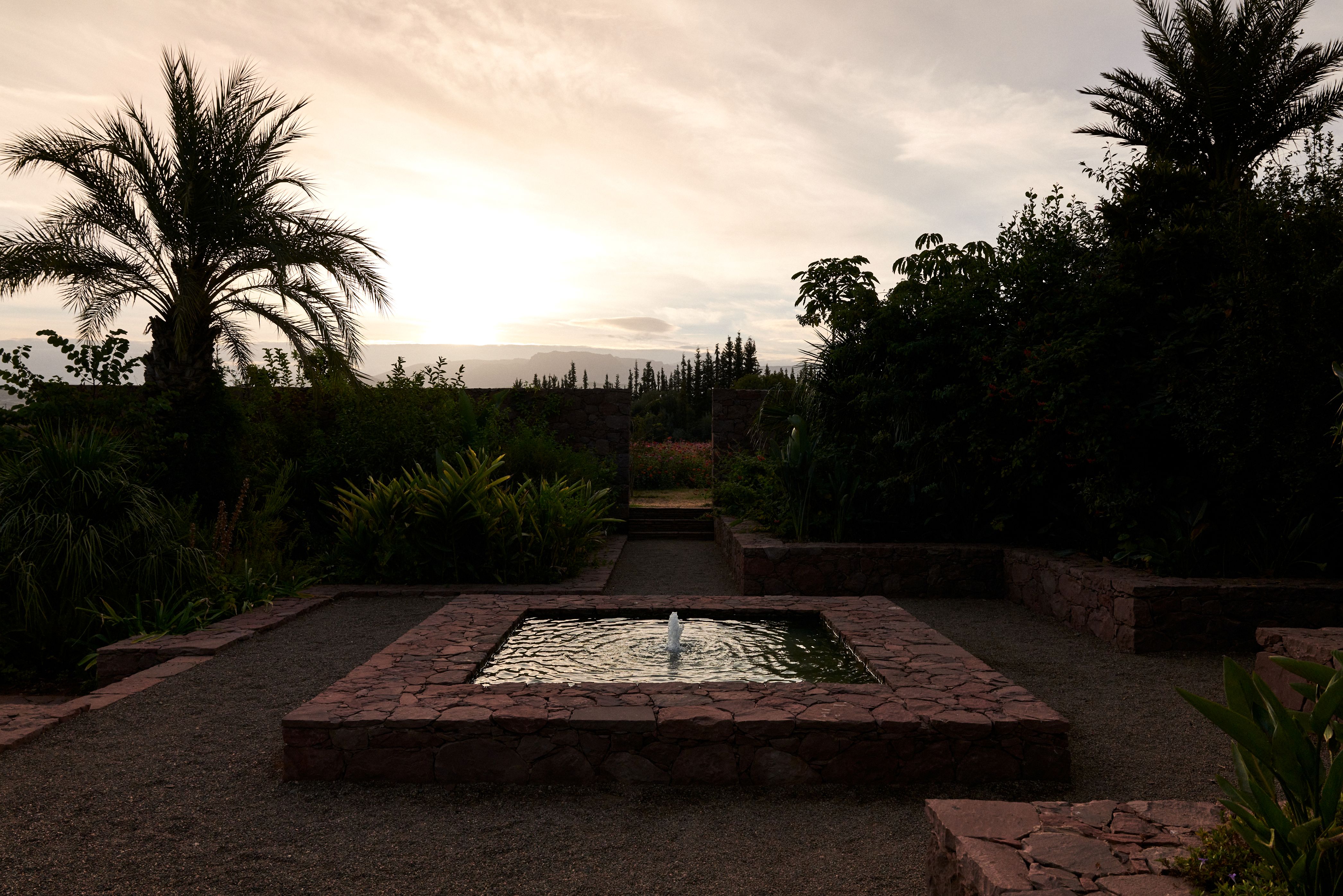
Yves Saint Laurent’s 2000 campaign for their perfume Opium, shot by Steven Meisel and starring Sophie Dahl, is remembered as one of the most controversial adverts of all time, sparking approximately nine-hundred-and-fifty complaints to the Advertising Standards Agency in the year of its release, eventually being banned in the UK. But 25 years later, the brand is determined to recalibrate its values with its output.

The establishment of the cooperative, the first of its kind in the Ourika valley, hinged on an exploratory dialogue with the Berber women to discover exactly what would most benefit them. The outcome of this conversation was to design a framework that promotes knowledge building and offers financial independence. The cooperative members receive critical training in regenerative agriculture, and learn the skills to be able to transform the 210 botanical species into something sellable. Thus, not only do these ingredients make their way into YSL Beauty’s collections of cosmetics and fragrances, but, when yields are high, excess harvests can be utilised by the women themselves to create their own products and generate supplementary income.
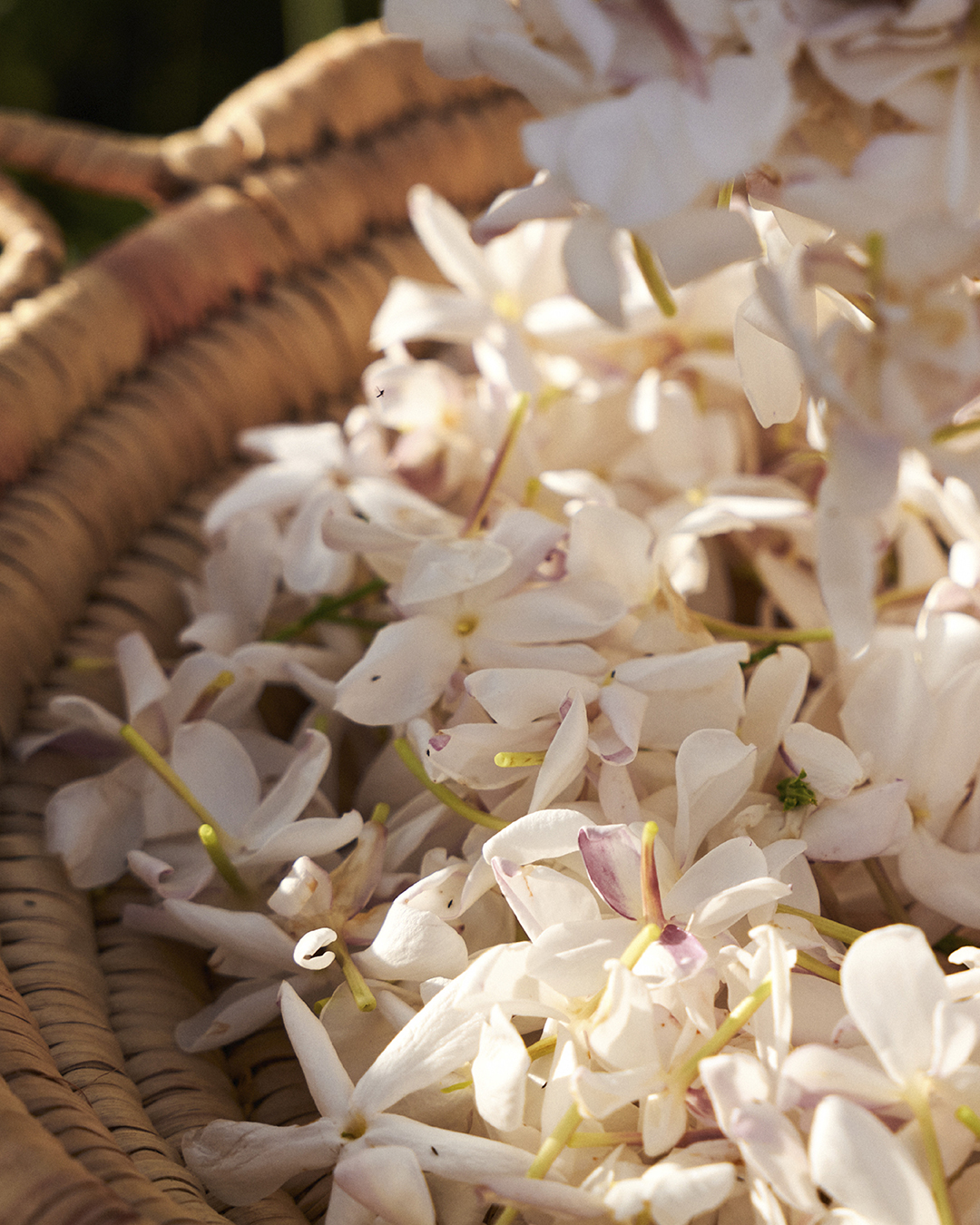
‘For me, it has never been a problem to be a woman. I’ve never had to battle. I have education, I have opportunity. But not every woman has these same chances, so it is essential that we work together to project their voices, and to help in whatever way we can,’ says Anne Flipo, master perfumer of Libre, the signature fragrance first launched in 2019. The name Libre is symbolic of this updated sense of purpose, and a pursuit of freedom exists at every touchpoint of the brand, whether in the self-expression and experimentation encouraged by its product range, or in the material conditions being improved for the women of the cooperative. ‘To have the freedom to live the life you want to live means everything,’ Flipo summarises.
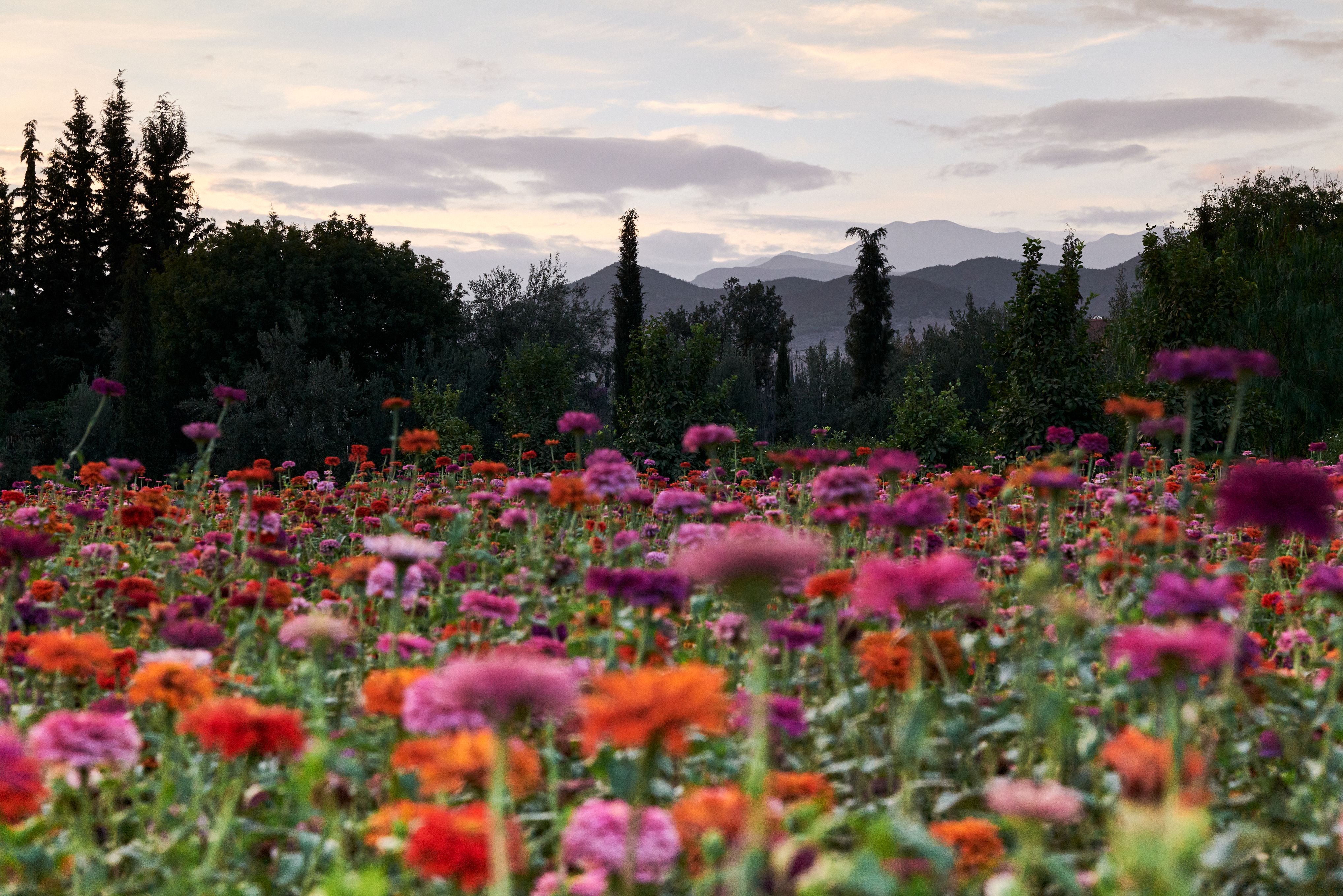
Environmentalism and feminism are indivisible, with the systemic oppression of women and the rapid destruction of the global commons being linked inextricably. In Ourika, YSL Beauty is making a credible effort to treat ecological preservation and female empowerment with equal urgency. It is a forward thinking approach which can be traced to the visionary perspective of M. Saint Laurent himself, updated for the twenty-first century.
India is a writer and editor based in London. Specialising in the worlds of photography, fashion, and art, India is features editor at contemporary art and fashion bi-annual Middle Plane, and has also held the position of digital editor for Darklight, a new-gen commercial photography platform. Her interests include surrealism and twentieth century avant-garde movements, the intersection of visual culture and left-wing politics, and living the life of an eccentric Hampstead pensioner.
-
 Gorden Wagener leaves the helm of Mercedes-Benz design after 28 years with the company
Gorden Wagener leaves the helm of Mercedes-Benz design after 28 years with the companyThe German designer is stepping down from the role of chief design officer at Mercedes-Benz. We look back at his influence and impact on the world of automotive and luxury design
-
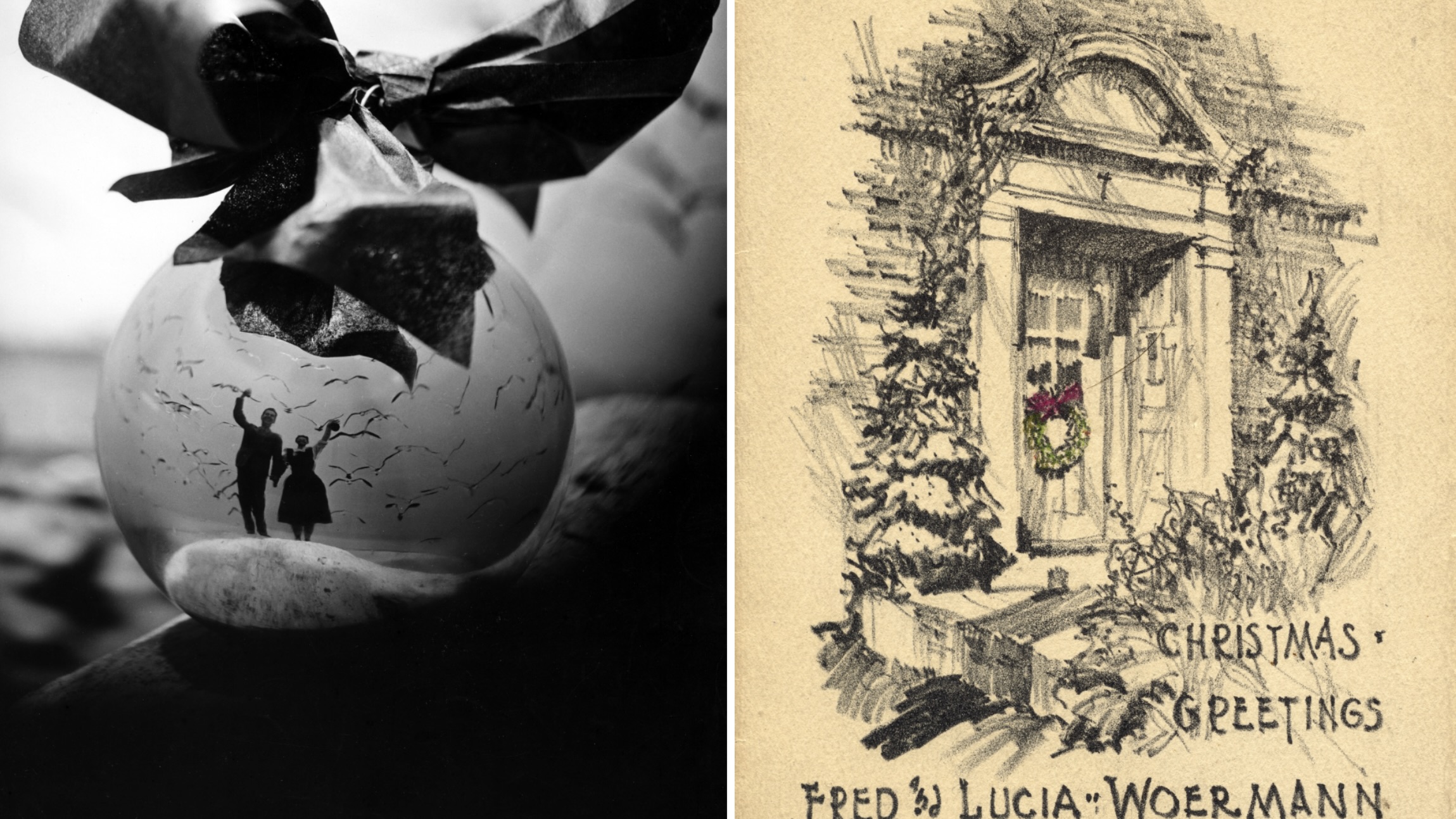 These Christmas cards sent by 20th-century architects tell their own stories
These Christmas cards sent by 20th-century architects tell their own storiesHandcrafted holiday greetings reveal the personal side of architecture and design legends such as Charles and Ray Eames, Frank Lloyd Wright and Ludwig Mies van der Rohe
-
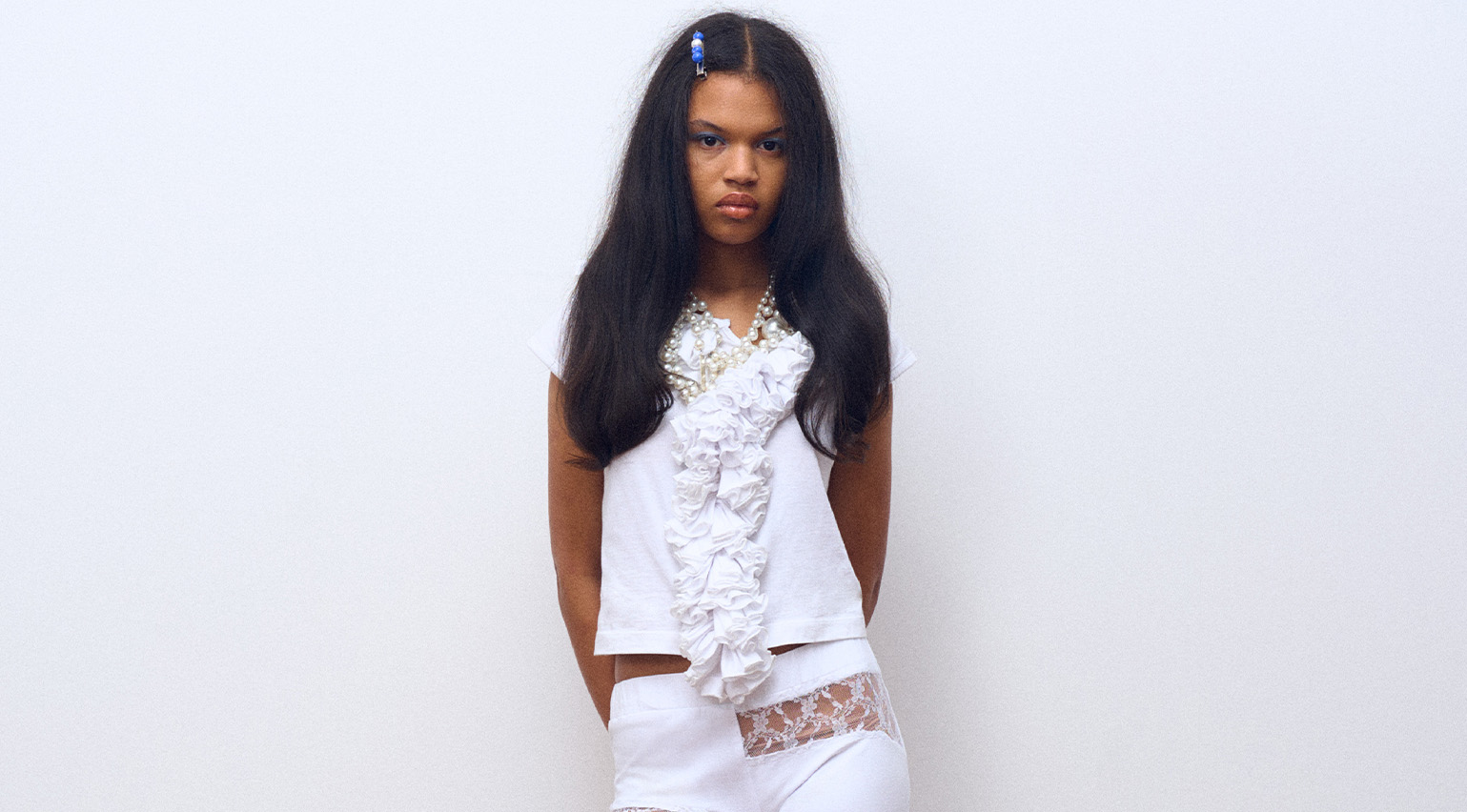 Lucila Safdie’s ‘feminine and surreal’ womenswear is inspired by teenage bedrooms and internet lore
Lucila Safdie’s ‘feminine and surreal’ womenswear is inspired by teenage bedrooms and internet loreThe latest in our Uprising series, the Central Saint Martins graduate is honing a pastel-shaded vision rooted in depictions of girlhood in film and literature
-
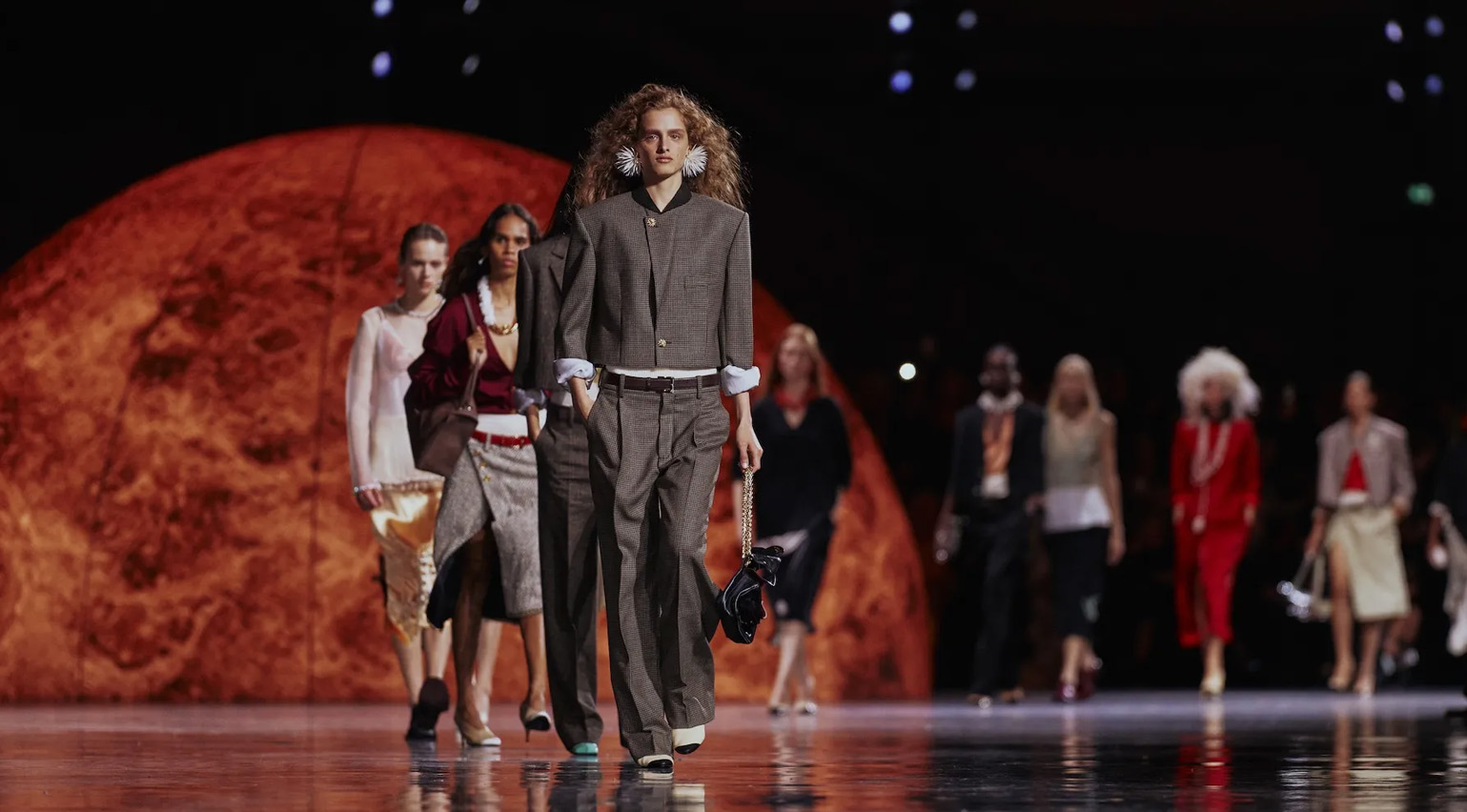 Debuts, dandies, Demi Moore: 25 fashion moments that defined 2025 in style
Debuts, dandies, Demi Moore: 25 fashion moments that defined 2025 in style2025 was a watershed year in fashion. As selected by the Wallpaper* style team, here are the 25 moments that defined the zeitgeist
-
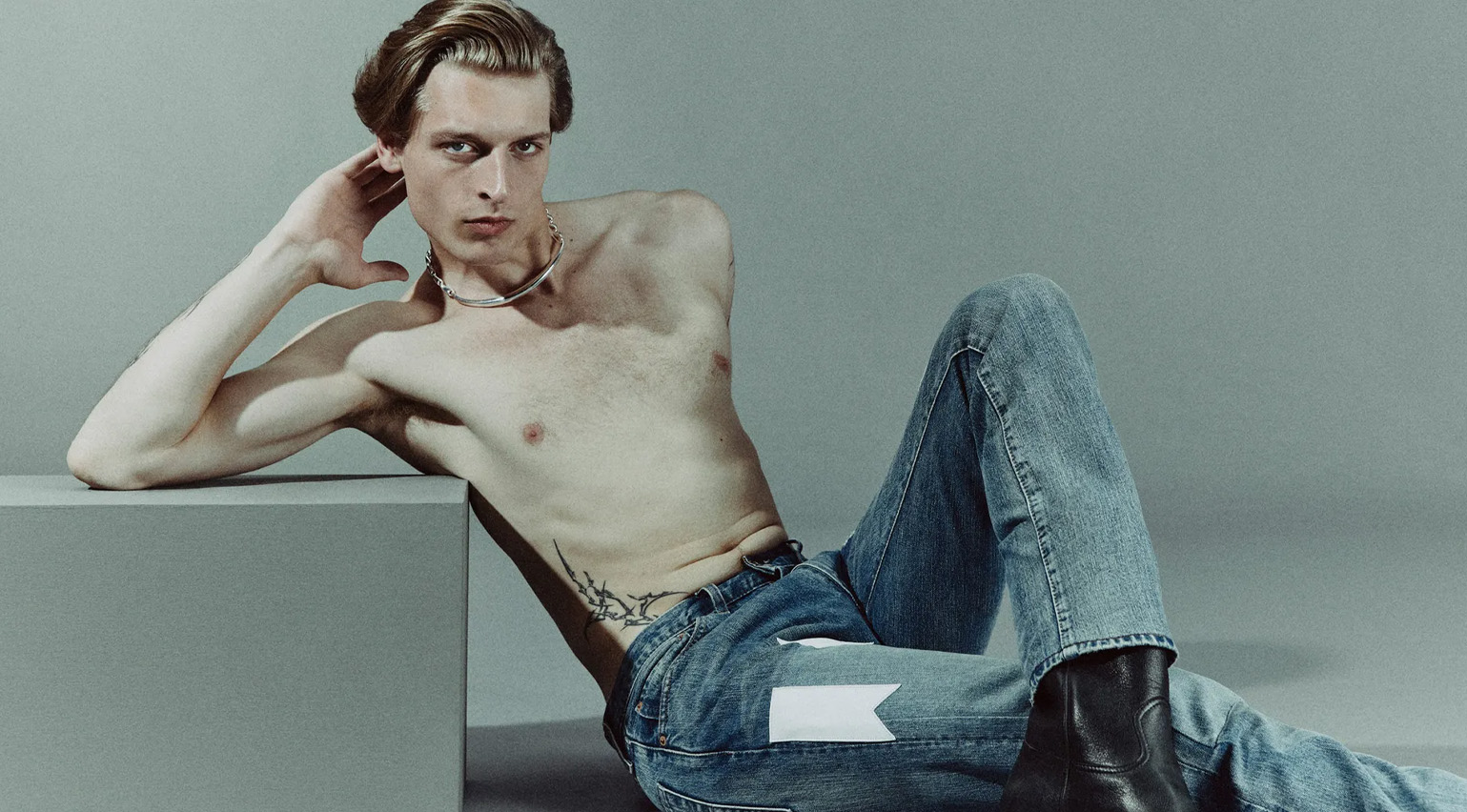 Inspired by Robert Mapplethorpe, A/W 2025’s best menswear captures a ‘menacing elegance’
Inspired by Robert Mapplethorpe, A/W 2025’s best menswear captures a ‘menacing elegance’‘A menacing, seductive elegance,’ is how Anthony Vaccarello described his A/W 2025 menswear collection for Saint Laurent, capturing a mood that ran through the season. Here, as seen in Wallpaper’s September 2025 cover shoot and film, a series of looks that invite a sense of risk when dressing for the months ahead
-
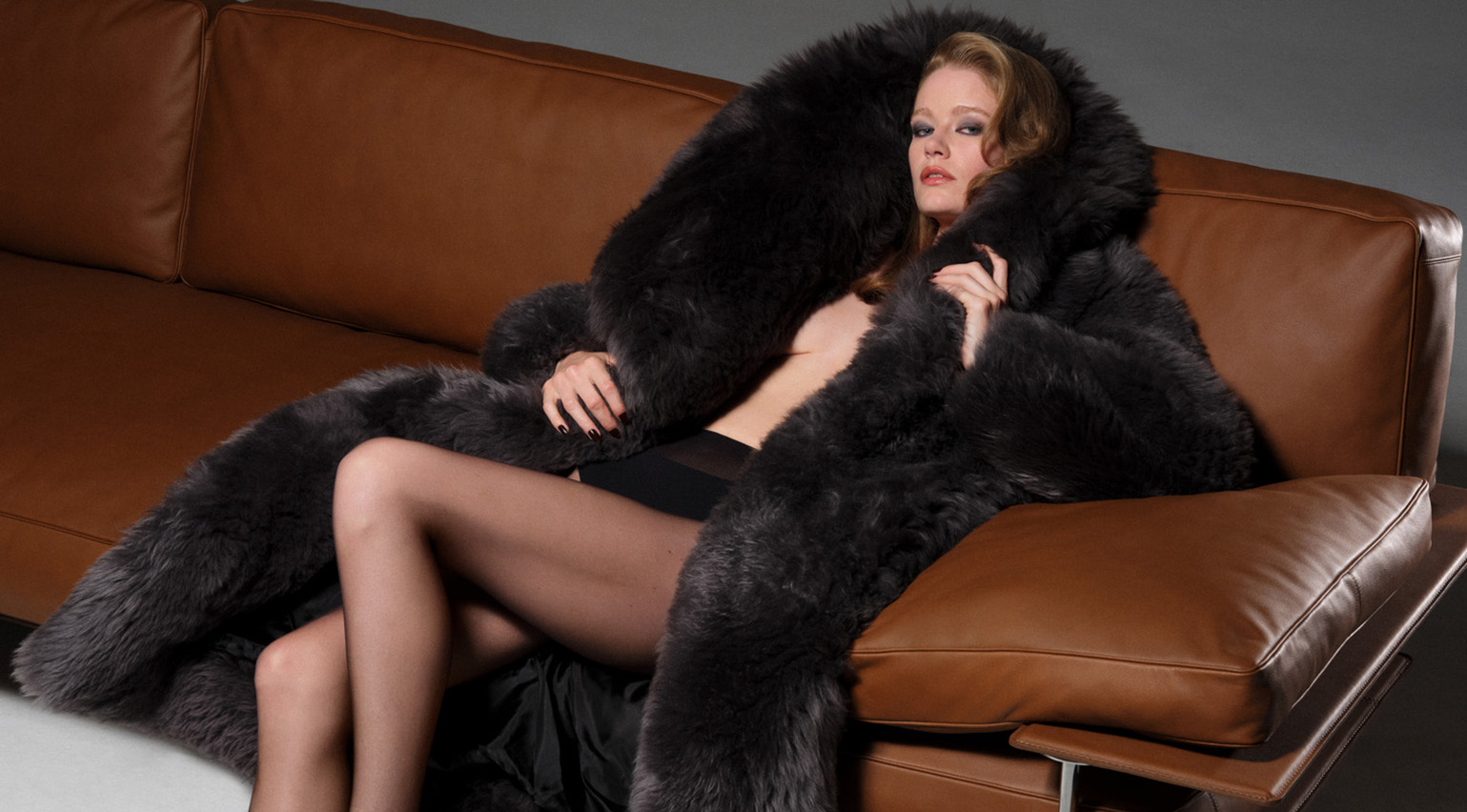 Power suits, thigh-high boots, dangerous glamour: these looks capture A/W 2025’s defining trends
Power suits, thigh-high boots, dangerous glamour: these looks capture A/W 2025’s defining trendsFrom riffs on the working uniform to a mood of dangerous glamour, the A/W 2025 collections encapsulated in 12 distinctive looks and accessories
-
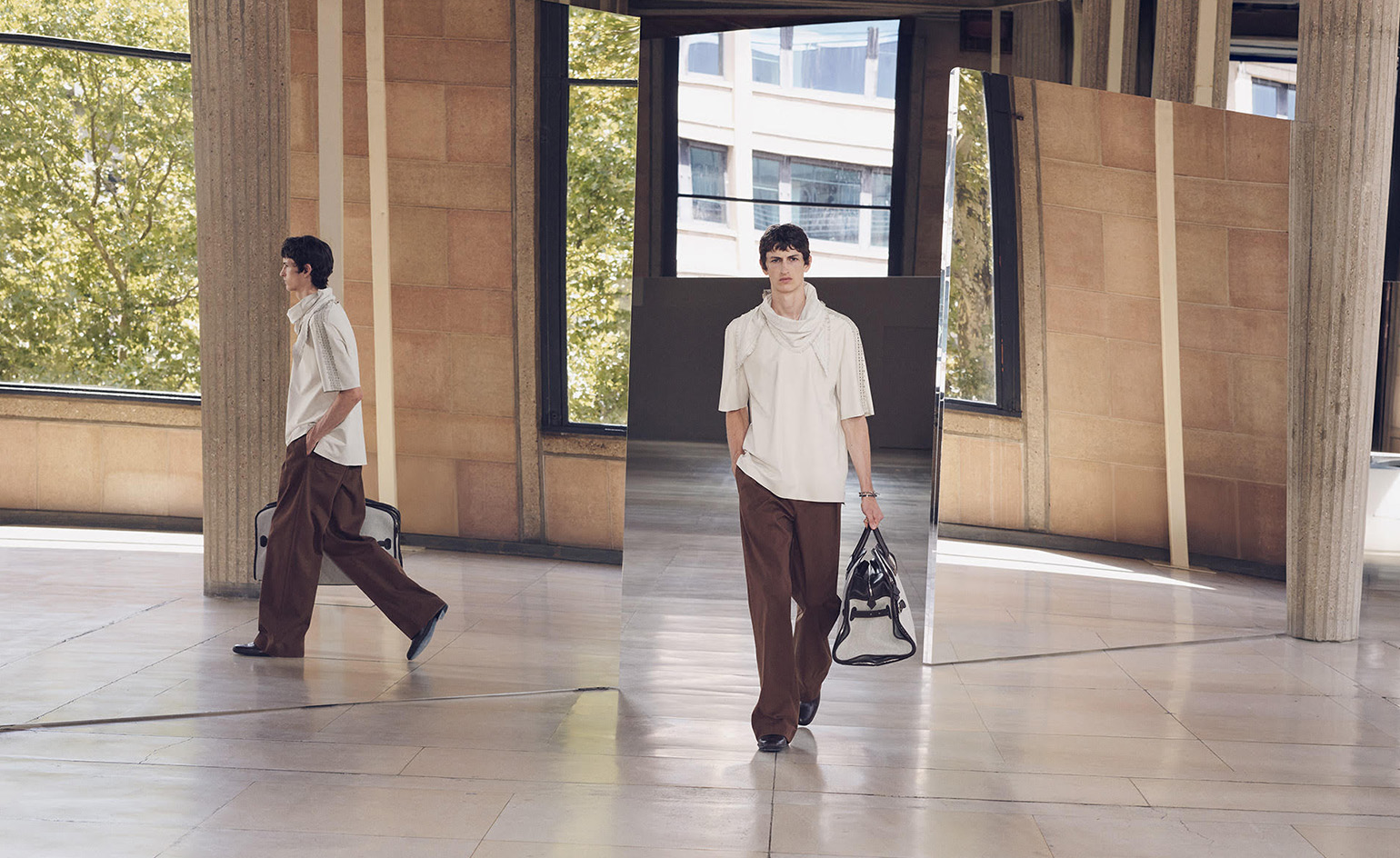 The standout shows of Paris Fashion Week Men’s S/S 2026: Hermès to Craig Green
The standout shows of Paris Fashion Week Men’s S/S 2026: Hermès to Craig GreenWallpaper* picks the very best of Paris Fashion Week Men’s S/S 2026, from Véronique Nichanian’s portrait of summer in the city for Hermès to Craig Green’s return to the Paris runway
-
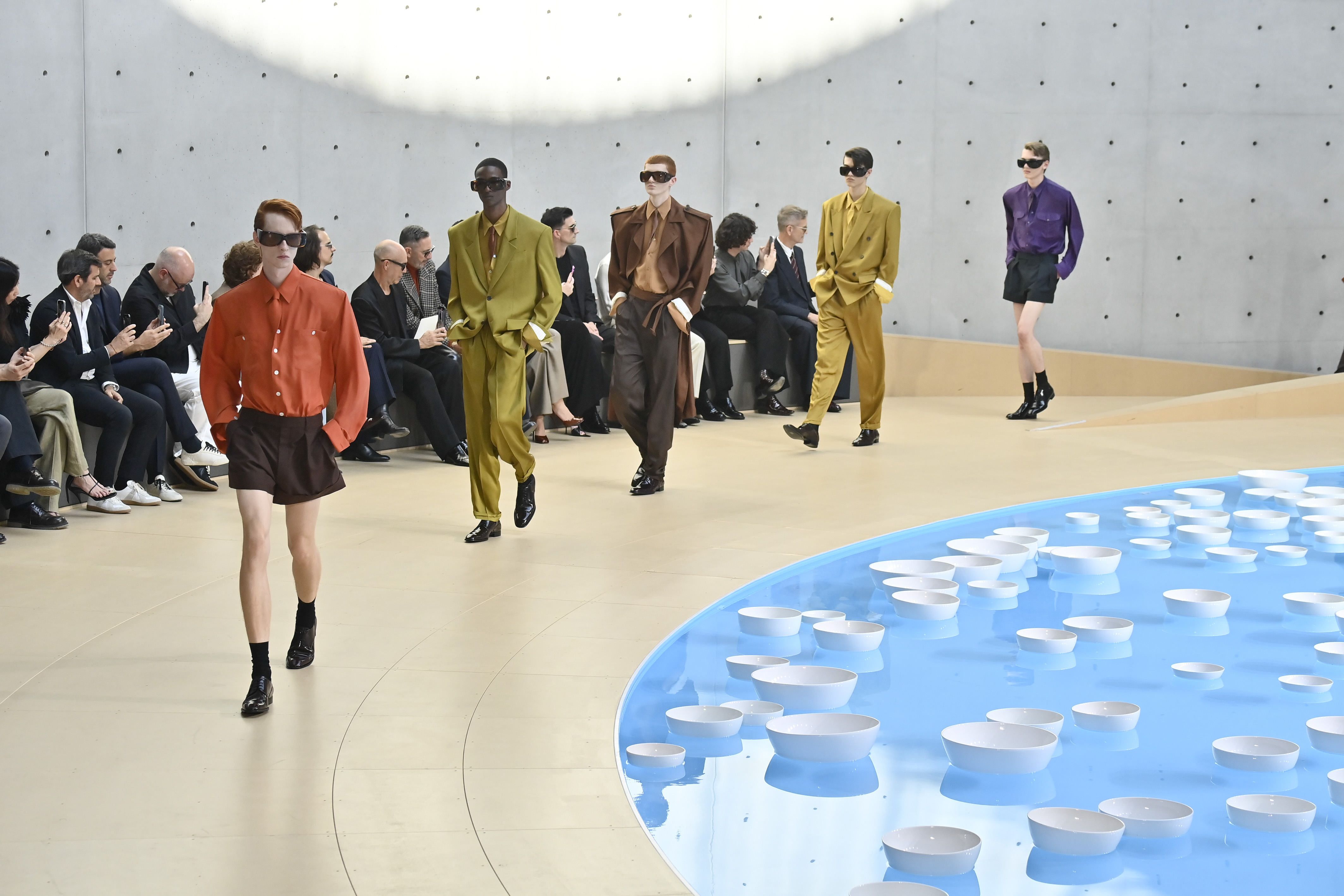 Saint Laurent transports from ‘Paris to Fire Island’ for escapist S/S 2026 menswear collection
Saint Laurent transports from ‘Paris to Fire Island’ for escapist S/S 2026 menswear collectionA mood of ease and escapism infused Anthony Vaccarello’s latest men’s collection for Saint Laurent, shown in Paris on Tuesday afternoon, which looked towards Fire Island and the queer artists that used it as a haven in the 1970s
-
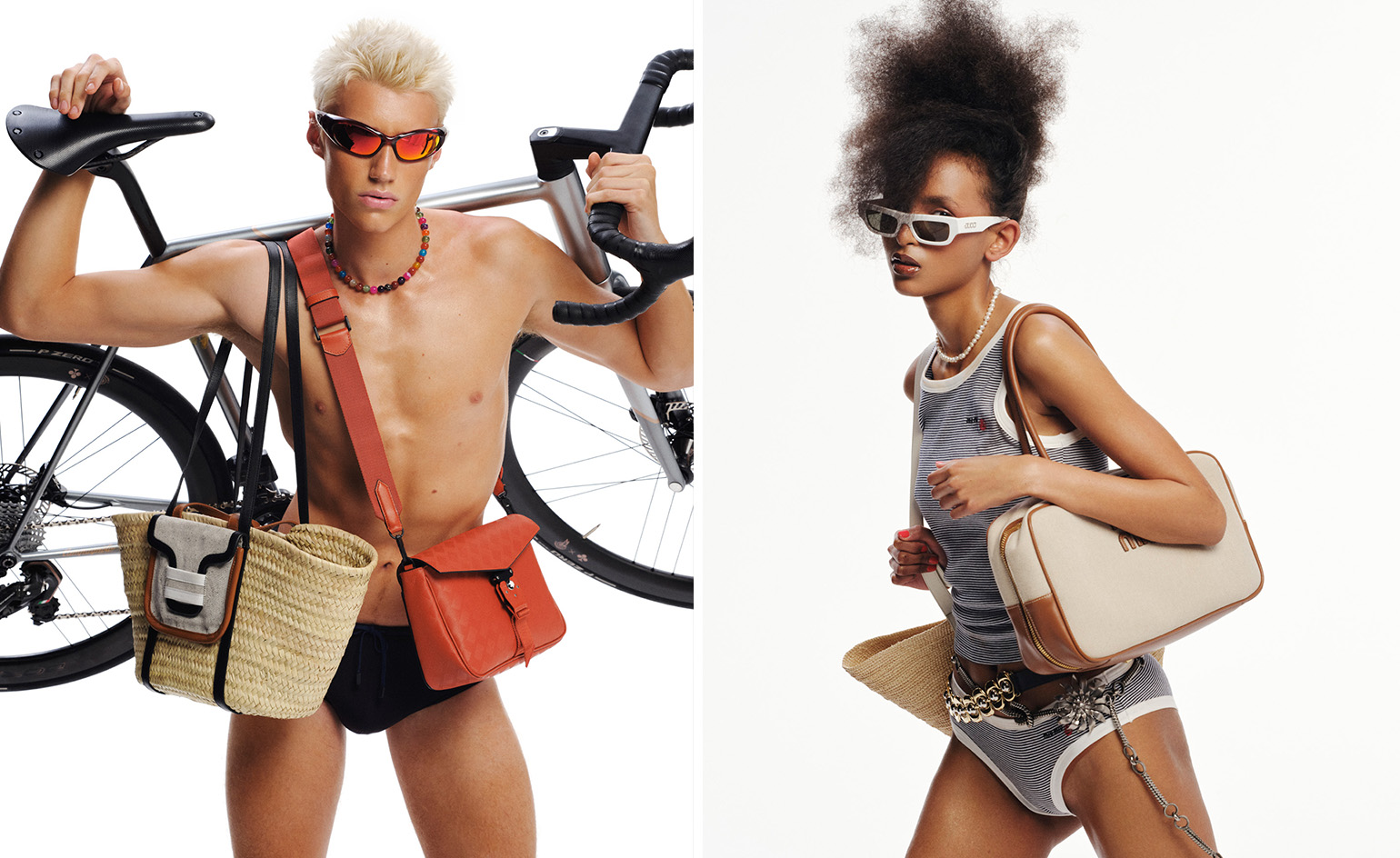 Splash out! This summer’s must-have accessories take us to the beach
Splash out! This summer’s must-have accessories take us to the beachSummer’s mood of escapism infuses Wallpaper’s pick of the season’s best accessories for men and women, from micro bags to wraparound sunglasses
-
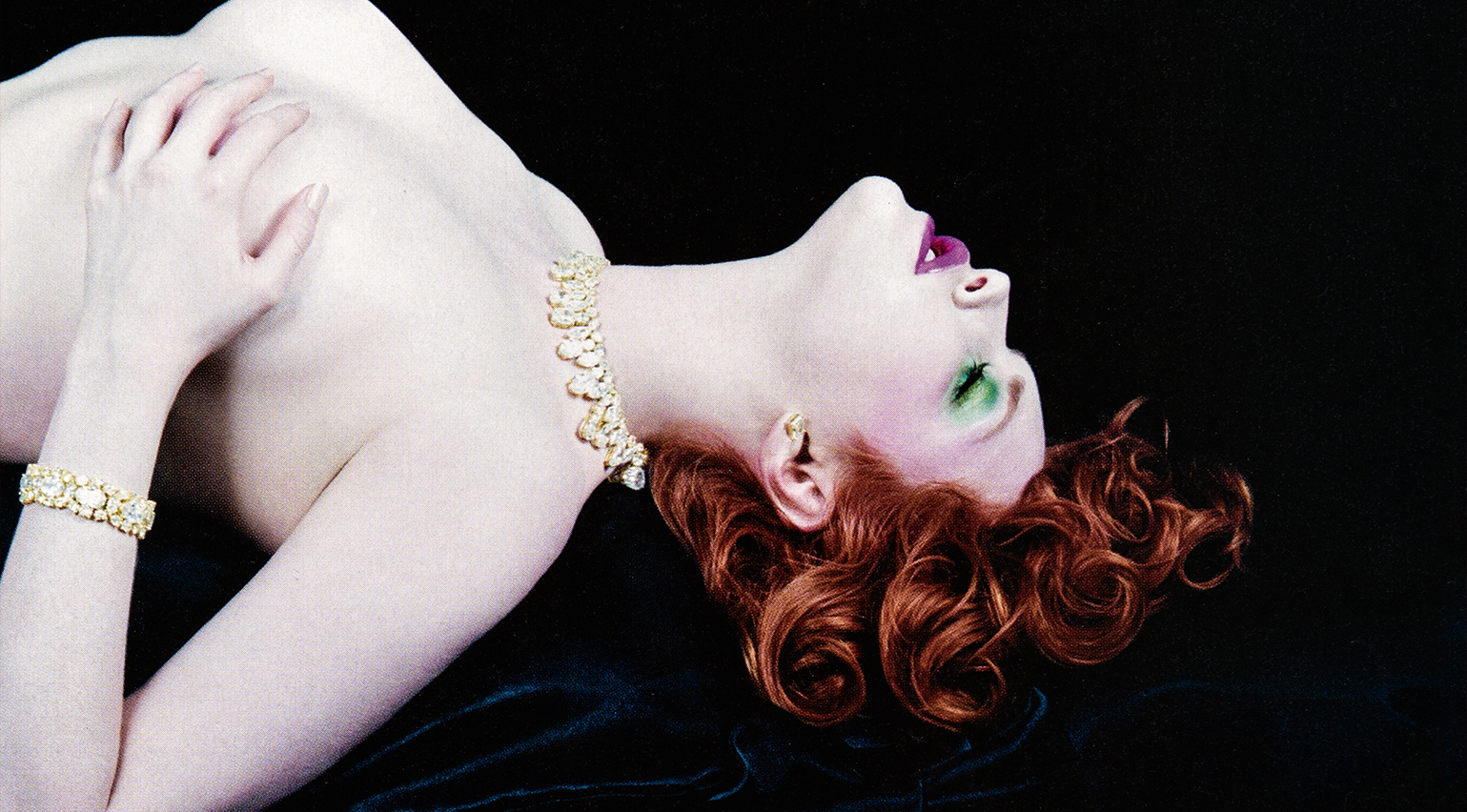 Sex, scent and celebrity: what perfume ads of the 2000s reveal about consumer culture today
Sex, scent and celebrity: what perfume ads of the 2000s reveal about consumer culture todayIn All-American Ads of the 2000s, the latest instalment of Taschen’s book series chronicling print advertising across ten decades, a section on perfume is a striking precursor for consumerism in the age of social media
-
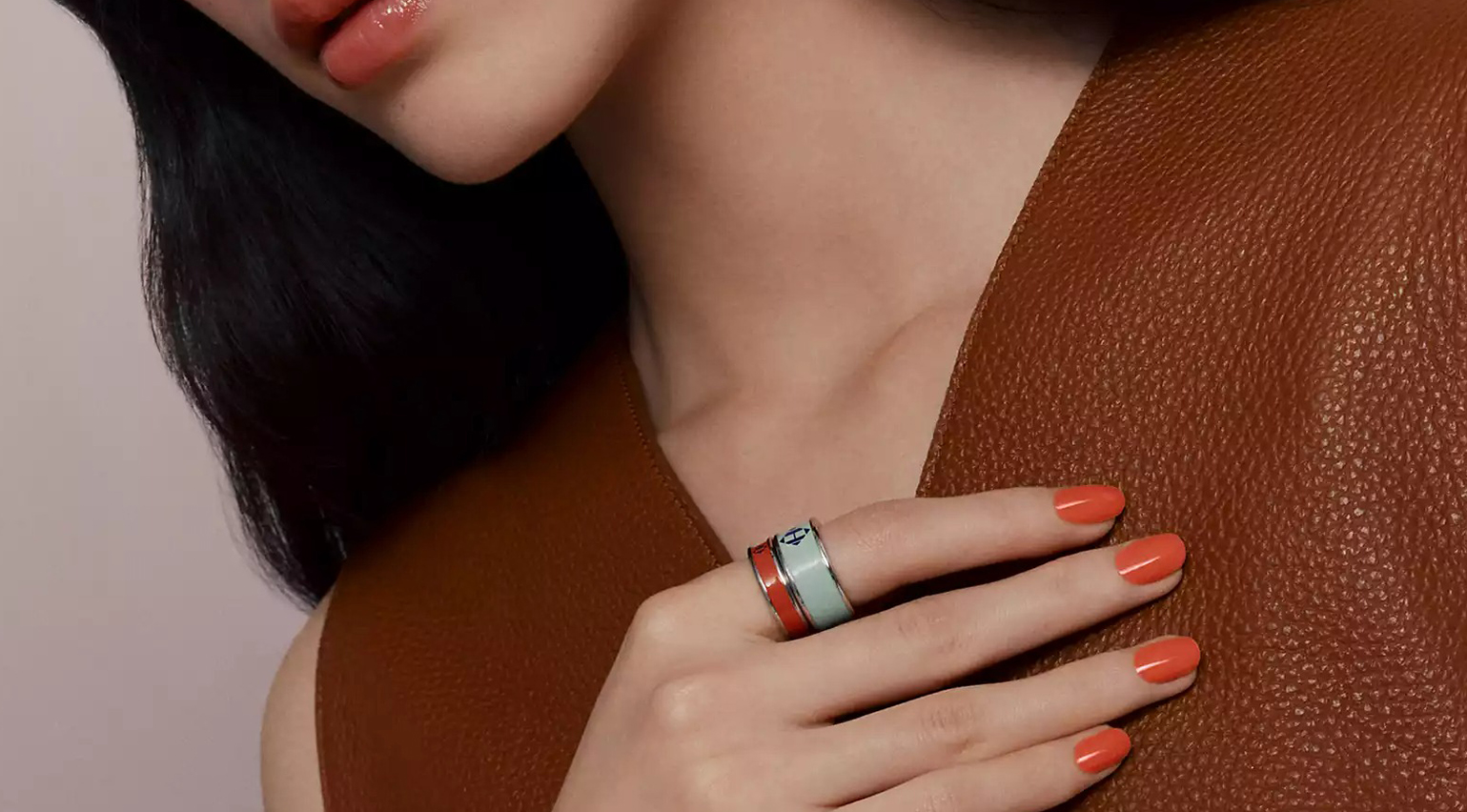 The best beauty products of the month, from a ‘revolutionary’ Dyson hairdryer to zingy Hermès nail polish
The best beauty products of the month, from a ‘revolutionary’ Dyson hairdryer to zingy Hermès nail polishThe best beauty products of the month, selected by Wallpaper*, include Dyson’s life-changing new hairdryer, zingy springtime nail polish by Hermès and skin barrier saviours by the likes of Dr Barbara Sturm